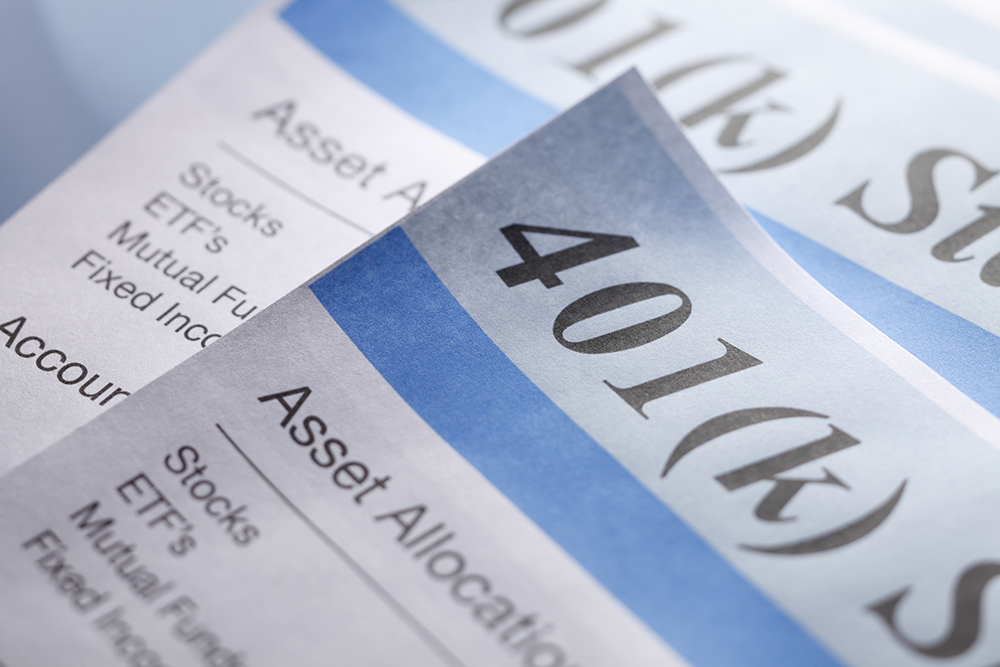The short-term financial impact of COVID-19 has been swift and damaging to many Americans. While we can’t yet calculate the long-term impact, early indications present a serious financial strain on future retirees’ retirement. We know that COVID-19 has increased the retirement gap, and new data from Kiplinger show the extent of this impact: 60% of Americans withdrew funds from their individual retirement account (IRA) or 401(k) in 2020. That same survey shows that an additional 27% borrowed against their 401(k) during COVID. A staggering 41% of these account holders did so to pay medical expenses.

With a vaccination plan in progress, the short-term effects are slowly fading as larger economic sectors begin to recover. But understanding that the average couple will pay over $295,000 for out-of-pocket medical expenses in retirement (this is on top of Medicare coverage), the need to plan and save for these costs is obvious.
One option for how Americans can reduce medical costs for today and save tax-free for health costs in retirement involves health savings accounts (HSAs).
How to Manage Healthcare Costs for Today
HSAs are a tax-free way for Americans to save and spend for healthcare costs. HSAs aren’t being considered by enough eligible Americans because they lack understanding of just how powerful these accounts can be as a healthcare savings vehicle.
Here is what you need to know:
- HSAs are the only way to save, spend, and invest tax-free for healthcare costs.
- HSA funds never expire, are yours for life, and can be moved from job to job.
- HSAs can be used just like a 401(k) after the age of 65.
HSAs allow for tax-free savings, tax-free growth, and tax-free spending if used for qualified medical expenses. The day-to-day impact is a 35% savings on medical expenses (assuming a combined state and federal income of 35% or more). With tax-free growth and spending, that opens the opportunity for Americans to save for future health costs. 2021 HSA contribution limits are $3,600 for individuals and $7,200 for families.
Adding an HSA means families can save up to an additional $7,200 in 2021. This is a way for American families to save for healthcare costs and prevent them from taking money out of their 401(k) when unexpected medical expenses arise.
How to Manage Healthcare Costs for Retirement
What also needs to be outlined is how to use the above tax-free savings combined with a 401(k) to magnify healthcare and retirement savings. The use of both a retirement plan and an HSA creates dedicated savings for both required financial needs. As such, retirement savings are not siphoned off for healthcare costs. HSAs can serve their purpose to pay for those costs (tax-free) and, with the tax-free money, extend the length of 401(k) savings even further.
The Combined Financial Impact of an HSA and a 401(k)
The combined savings, with added compound growth, are the best way for Americans to get back on track and prepare for their retirement. Adding an HSA to their existing retirement savings strategy has two direct financial and tax benefits:
- HSA savings add up. Even if an account holder started today, over a 30-year period and with maximized yearly contributions (at 2021 levels), his or her HSA savings exceed $330,000 (assuming a 3% annual growth).
- HSA savings leave 401(k) savings intact. HSA distributions are 100% tax-free, even in retirement. So if an account holder uses his or her HSA funds for healthcare costs, he or she doesn’t need to pay income taxes. This is a key differentiation between a 401(k) and an HSA. You can see the impact when you consider the $295,000 healthcare cost per couple in retirement. Paying for those costs tax-free vs. post-tax means more combined savings.
There is one final and very interesting impact. Account holders who have both a 401(k) and an HSA see a 42% increase in savings over 20 years (vs. 401(k)-only savings). From a savings perspective, that amounts to $265,000 in projected savings vs. $187,000 in projected savings. Education around both accounts is key to the combined savings and has a multiplier effect that is not seen with each individual account.
Educating account holders in parallel about the savings impact of both a 401(k) and an HSA will lead to increased financial preparedness for retirement. In the shorter term, HSAs can help Americans get back on track after a tough financial year. While health care and retirement seem like distinct and separate benefits, when combined, they increase savings for both.
Shobin Uralil is the COO and Co-Founder of Lively. Lively is the modern HSA experience built for—and by—those seeking stability in the ever-shifting healthcare landscape. Lively HSAs works alongside high deductible health plans to make healthcare easier for everyone. Lively is not a bank but has all of the benefits of one. Prior to Lively, Shobin was the Vice President of Operations at Retroficiency, an energy analytics software company and co-founder and CEO of kWhOURS, Inc., an energy auditing software. Shobin earned a BS in Business Administration from Georgetown University and an MBA from MIT’s Sloan School of Management, where he was the recipient of the inaugural Howard and Carol Anderson fellowship for entrepreneurship.
